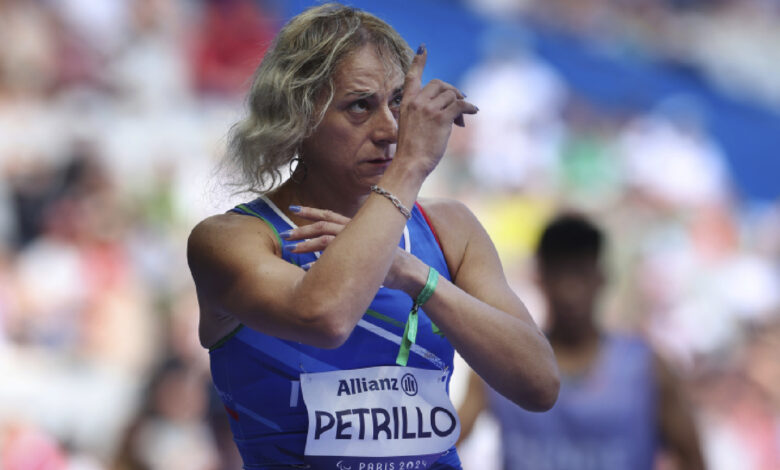Explained: Why transgender woman Valentina would not have been able to participate in the Olympics | Sport-others News

Earlier this week the 50-year-old Italian transgender athlete Valentina Petrillo ran in the semifinals of the 400 metres at the Paralympics in Paris. Though she could not qualify for the final her participation in the women category for visually impaired runners caused a stir and reignited the debate on whether she had an unfair advantage or not. Valentina also qualified for the semifinals of the 200 metres.
In 2023 World Athletics, the body which governs track and field, barred transgender women from participating in female category events at the international level if they had gone through male puberty. Valentina transitioned when she was 45 in 2019. That year she started hormone therapy to suppress testosterone. Valentina would not have been able to compete at the Olympics because of World Athletics eligibility conditions for transgender female athletes. In 2021, the IOC left it to international sports federations to develop their own set of rules. The World Paralympic Committee says anyone recognised as ‘female in law’ can participate and hence Valentina is running at the Paralympics.
According to World Para Athletics rules, a transgender athlete’s testosterone level must be less than 10 nanomoles per litre for 12 months prior to the first competition and during the duration of the entire time they are participating in competitions.
What major medals has Valentina won?
She is a bronze medall in the 200 metres (T12) at the 2023 World Championships in Paris. The BBC reported that when she turned 41 in 2015, she started competing with male runners and won 11 national titles in Para the category. In September 2020, she competed in her first race in the female category. At the Italian championships she won gold in the 100 metres, 200 metres and 400 metres.
Has hormone therapy affected Valentina?
Talking to the BBC in 2021, Valentina said she did not have the ‘strength’ she used to have earlier. “My metabolism has changed. I’m not the energetic person I was. In the first months of transition I put on 10kg, I can’t eat the way I did before, I became anaemic, my haemoglobin is low, I’m always cold, I don’t have the same physical strength, my sleep isn’t what it was,” she said.
The therapy also affected her timings. She was 2.5 seconds slower in the 200 metres and about 11 seconds slower in the 400 metres, the BBC reported.
Is Valentina the first transgender female to compete at the Paralympics?
In 2016, Ingrid van Kranen, a discus thrower, became the first transgender female athlete to compete at the Paralympics. Valentina is the first on the track.
What has Valentina said after the furore related to her participation?
After she failed to qualify for the 400 metres final though she ran a personal best of 57.58 seconds, Valentina said: “It’s September 2, 2024 right? Let’s mark this down as a horic day. From this day forth I don’t want to hear any more talk about discrimination or prejudice for trans people. There are so many people who die for the mere fact of being trans people, who kill themselves for the mere fact of being trans because they lose their job because the sport doesn’t include them and now I’ve made it. So we can all make it if I’ve made it, I’ve done my little bit and we can all make it.”
What is the visual challenge for Valentina?
At the age of 14, Valentina was diagnosed with a degenerative eye condition called Stargardt disease. She stopped running after that only to return to the sport nearly three decades later.
Who are prominent critics of Valentina being allowed to compete in the Paralympics?
Sharron Davies, the Great Britain swimmer who won a bronze in the 400 metres medley at the Moscow Games in 1980, posted on X: “So we ban Lance Armstrong for taking drugs which will give him a small but important advantage over his male rivals because it’s cheating, but we let 51 year old male Valentina Petrillo have a huge advantage with no issue at all against female athletes! Why is this being allowed?”
How do other sports regulate participation of transgender women?
In June 2022, the world swimming body FINA announced a new ‘gender inclusion policy’ that only allowed swimmers who transitioned (from male to female) before age 12 to compete in women’s events. Similar to the regulation of World Athletics. Last year, the International Cycling Union banned any athlete who transitioned after male puberty from competing in women’s races. The International Rug Union also banned transgender women from competing in women’s international matches last year.



